Explore the intriguing realm of unusual and marvelous animal facts that are sure to captivate your imagination. From peculiar behaviors to extraordinary adaptations, these creatures exhibit the astonishing variety of life on Earth.
Axolotls can regenerate entire limbs
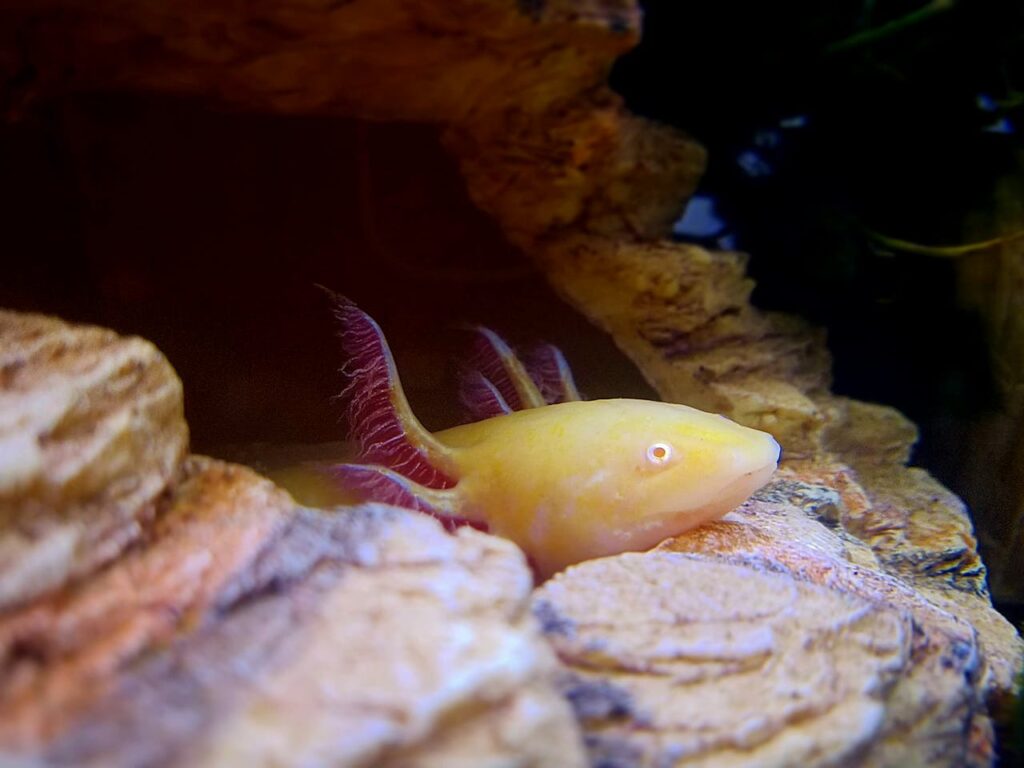
Axolotls, a type of salamander, have the incredible ability to regenerate not just tails or limbs but entire body parts, including portions of their brain and heart. This makes them unique among vertebrates and has drawn interest from scientists studying tissue regeneration.
The immortal jellyfish can revert back to its juvenile form
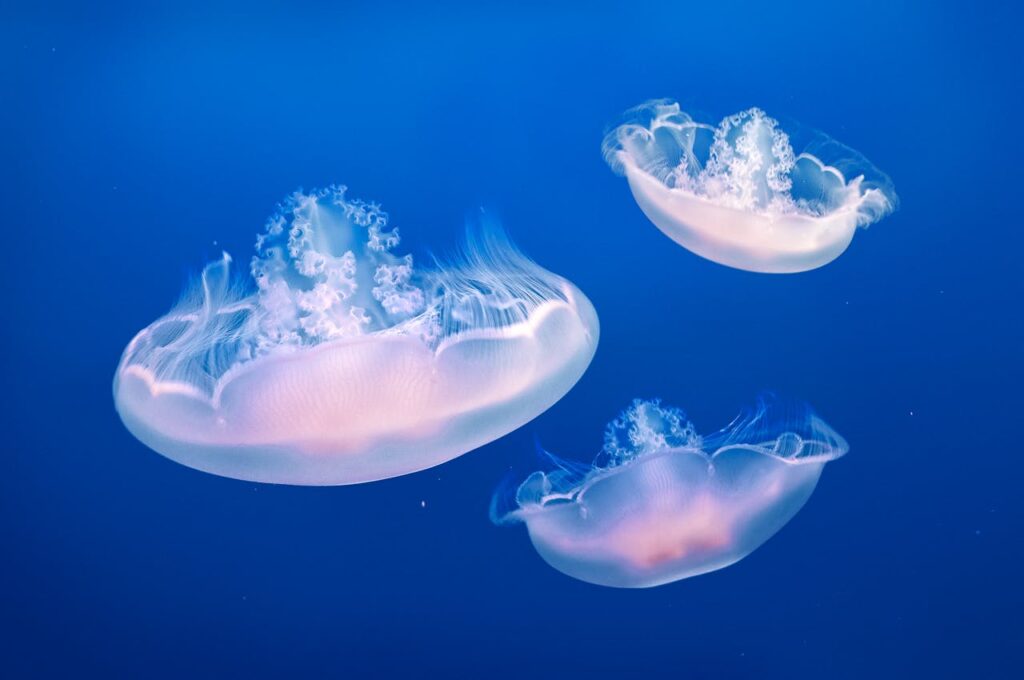
Turritopsis dohrnii, also known as the immortal jellyfish, has the remarkable ability to transform back into its juvenile polyp stage after reaching maturity, effectively achieving biological immortality. This ability to reverse aging processes is a subject of extensive scientific research into understanding cellular rejuvenation.
Mantis shrimps have super-fast claws
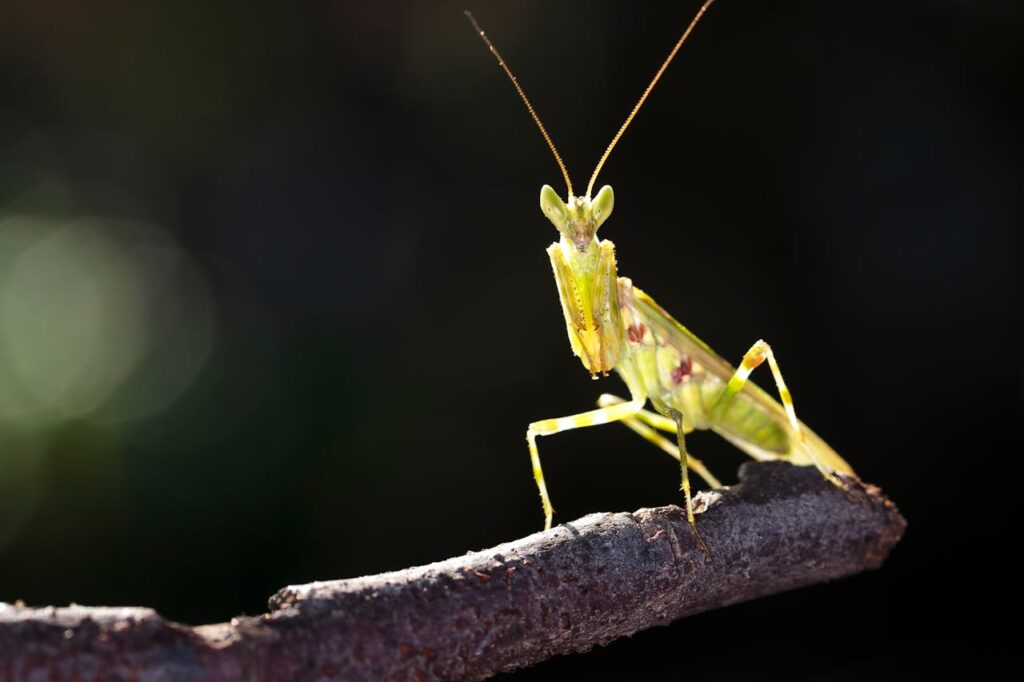
Mantis shrimps possess some of the fastest and most powerful punching abilities in the animal kingdom, capable of striking with speeds exceeding 50 miles per hour. Their claws are so swift and forceful that they can break through aquarium glass and even crack open shells of prey.
Elephants can communicate through infrasound
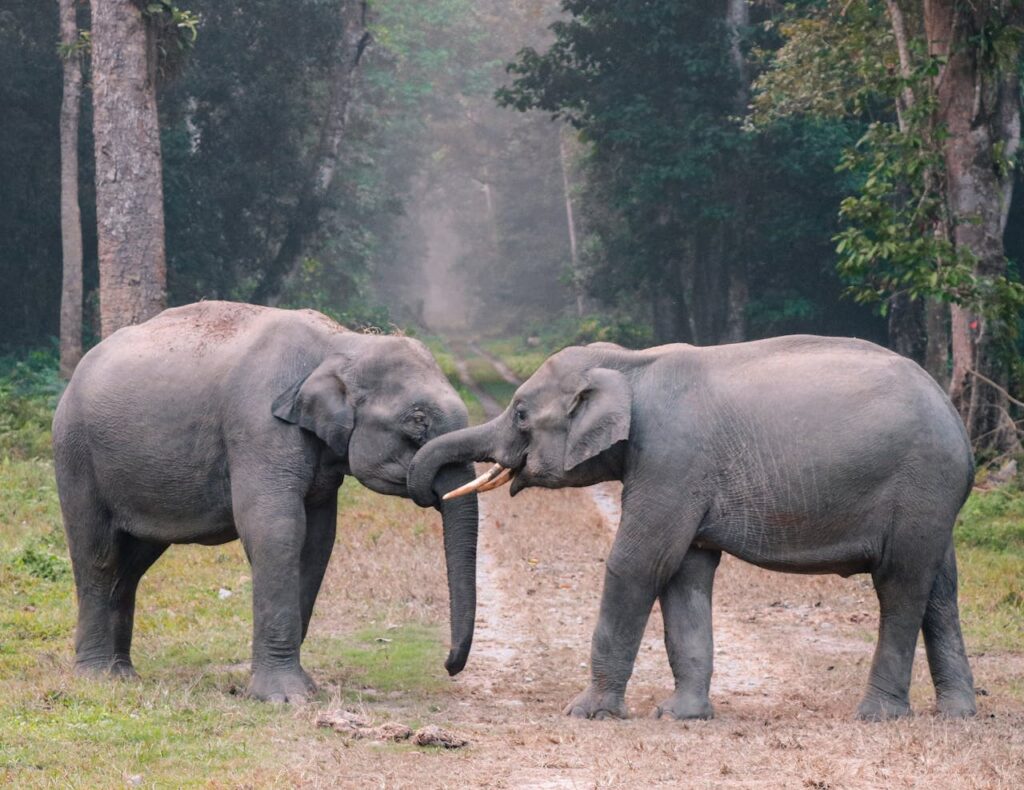
Elephants communicate over long distances using infrasound, which is sound below the threshold of human hearing. This low-frequency communication enables elephants to stay connected with distant members of their herd, convey warnings about threats, and coordinate group movements.
Platypuses are venomous
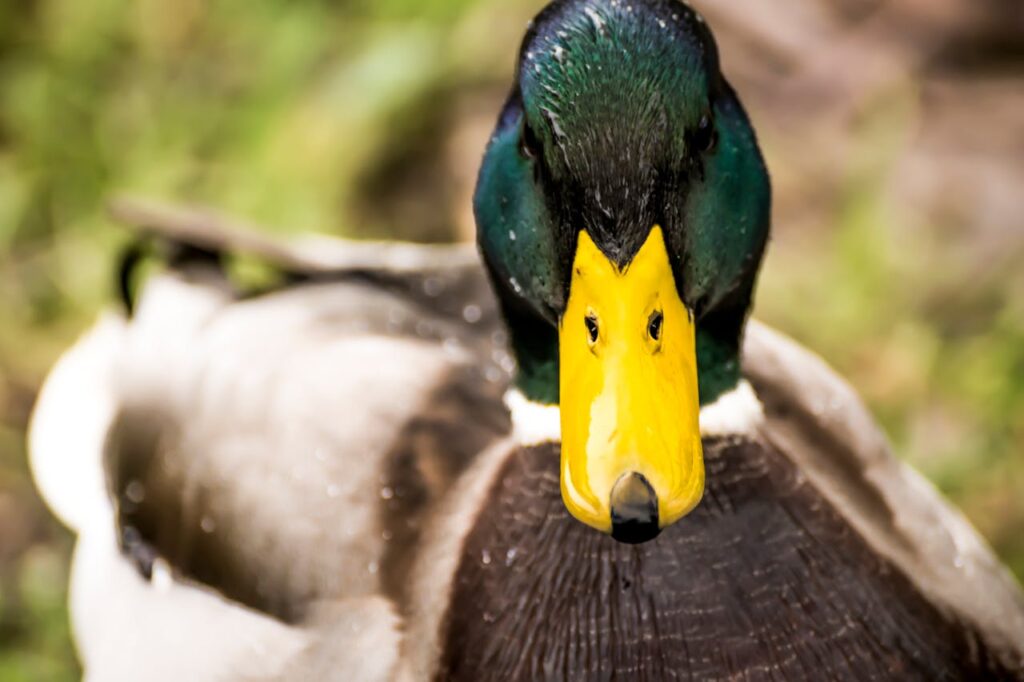
Despite their cuddly appearance, male platypuses possess venomous spurs on their hind legs. This venom is primarily used during mating season for competition with other males but can also cause excruciating pain in humans if injected.
Crows can solve complex puzzles
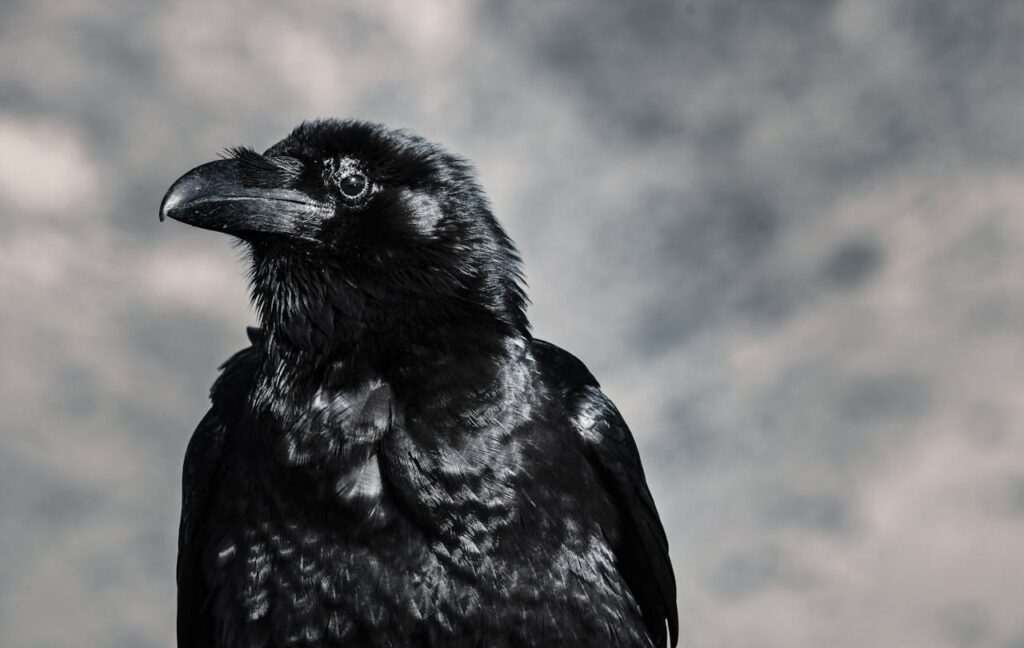
Crows are exceptionally intelligent birds known for their problem-solving skills. They can use tools, recognize human faces, and solve intricate puzzles that require planning and foresight, showcasing their cognitive abilities comparable to some primates.
The blobfish looks different in its natural habitat
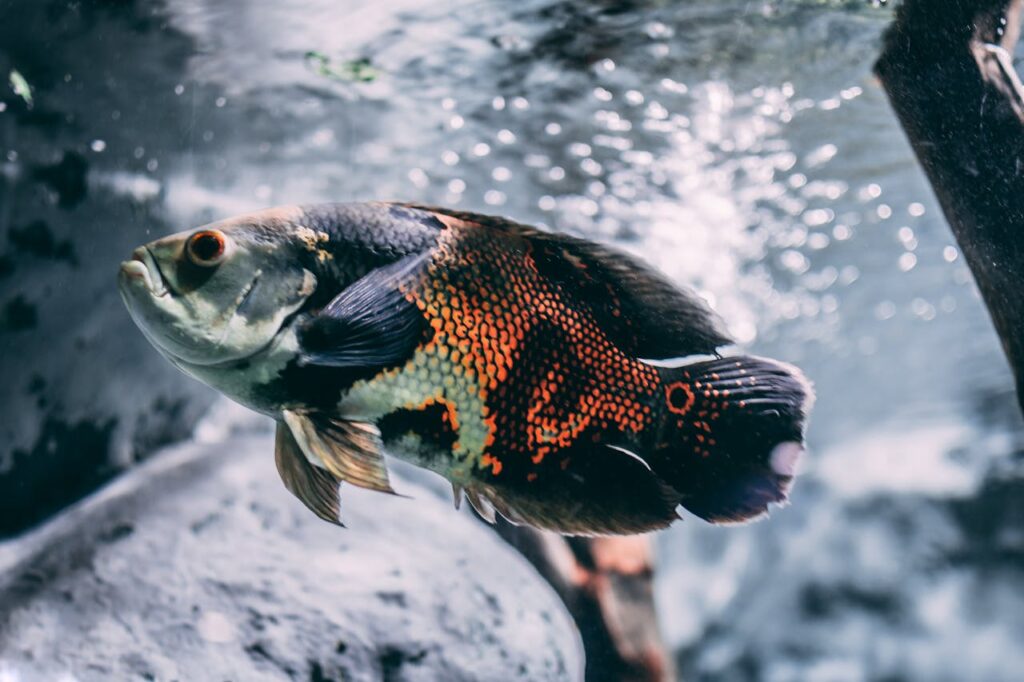
While often depicted as a “blob” due to its appearance when brought to the surface, the blobfish looks quite different in its deep-sea habitat. Its gelatinous flesh helps it survive in high-pressure environments, making it a fascinating example of adaptation to extreme conditions.
Honeybees can dance to communicate
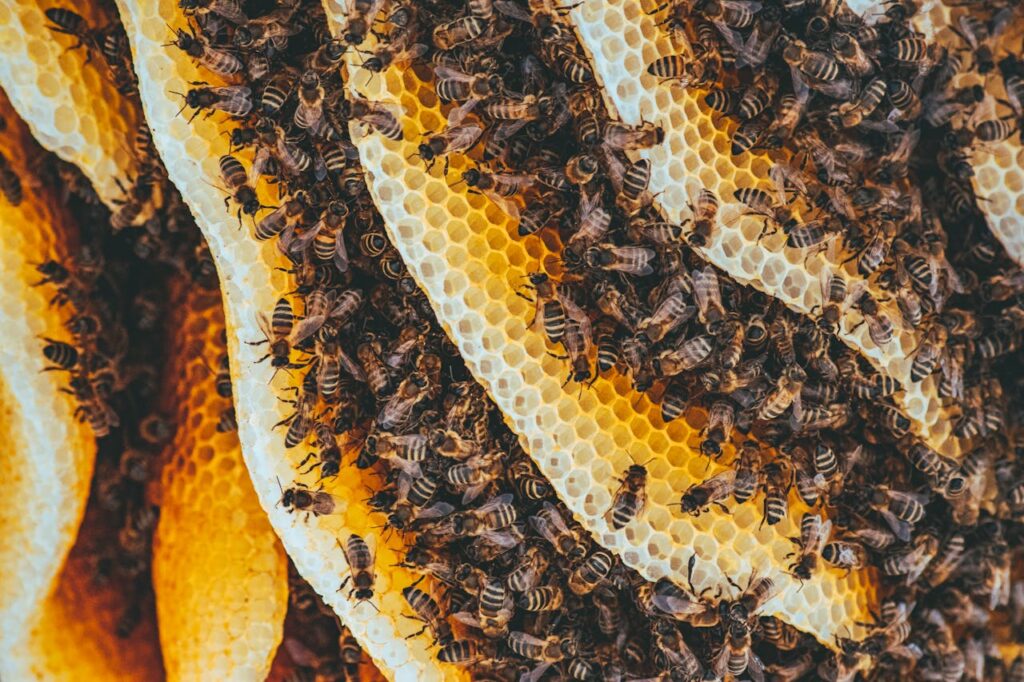
Honeybees perform a “waggle dance” to communicate the location of food sources to other members of their colony. This intricate dance conveys information about the direction, distance, and quality of the food, allowing bees to efficiently forage and share resources.
Octopuses can camouflage instantly
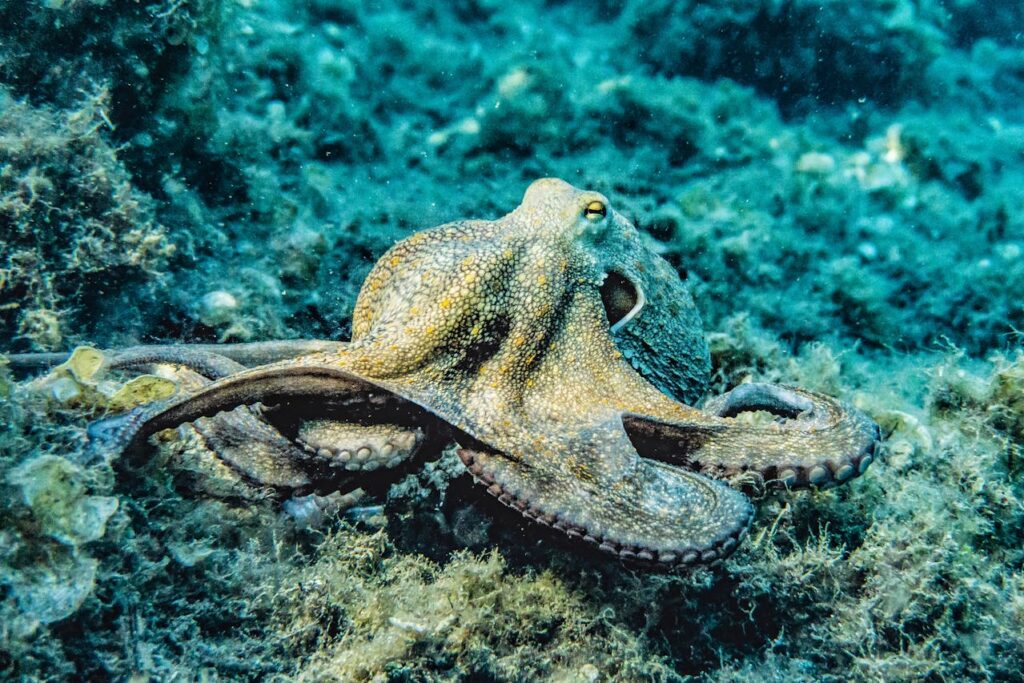
Octopuses possess highly advanced camouflage abilities, capable of changing their skin color, texture, and even shape to blend seamlessly with their surroundings. This rapid and precise camouflage helps them evade predators and ambush prey effectively.
The star-nosed mole has super-sensitive appendages
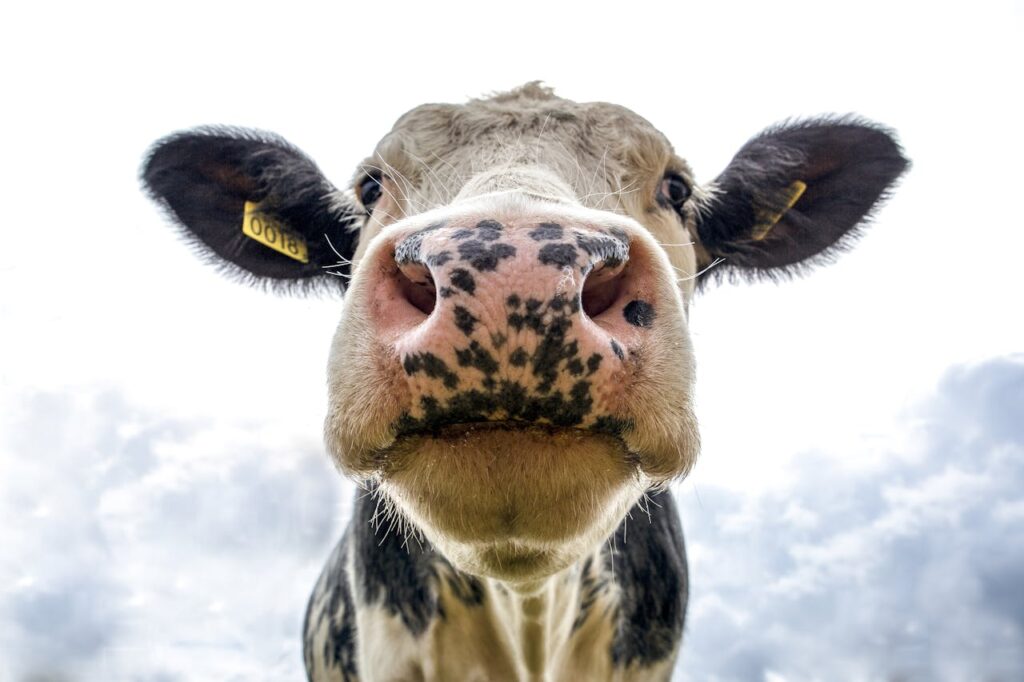
The star-nosed mole has a unique appendage on its nose composed of 22 fleshy tentacles with over 25,000 touch receptors. This remarkable sensory organ allows the mole to navigate and forage in darkness by detecting minute vibrations and textures in its environment.
Frogs can freeze and survive
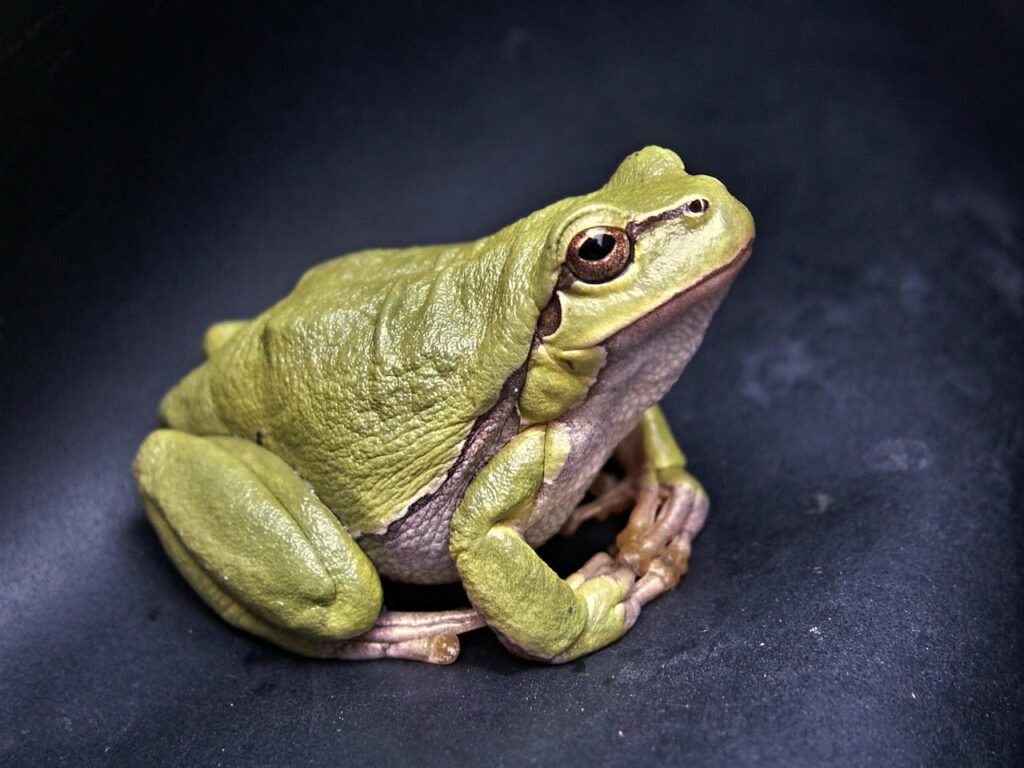
Certain species of frogs, such as the wood frog, can survive freezing temperatures by entering a state of suspended animation. They allow their bodies to freeze solid, including their heart and brain, and then thaw out unharmed once temperatures rise, showcasing remarkable cold tolerance.
The pistol shrimp creates a shockwave
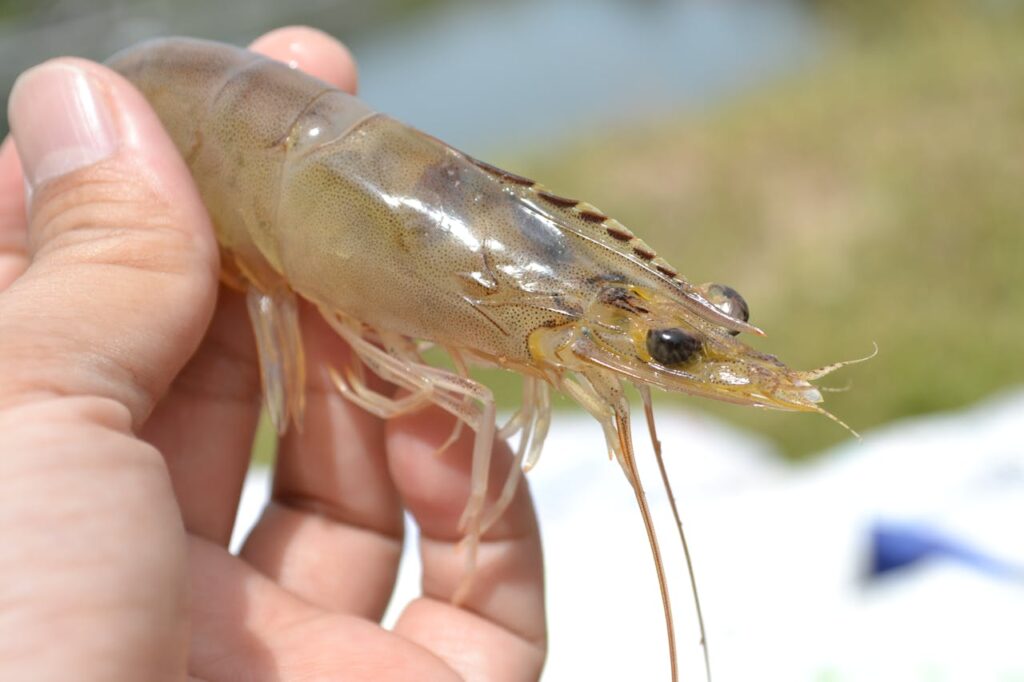
The pistol shrimp possesses a specialized claw that can snap shut with incredible speed, creating a cavitation bubble that produces a shockwave and emits a loud popping sound. This behavior is used for hunting and defense, stunning prey and deterring predators.
The archerfish shoots down prey
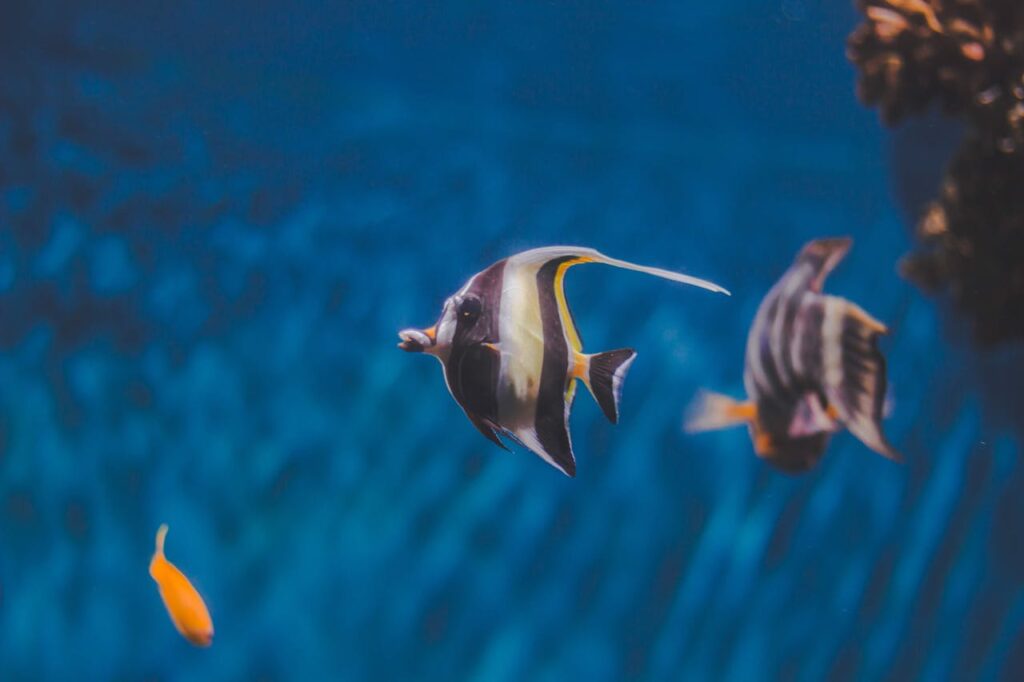
Archerfish have the ability to spit jets of water at insects above the water’s surface, effectively “shooting down” their prey. They compensate for the water’s refraction to accurately aim and capture flying insects, demonstrating precision hunting techniques.
Kangaroos can’t hop backward
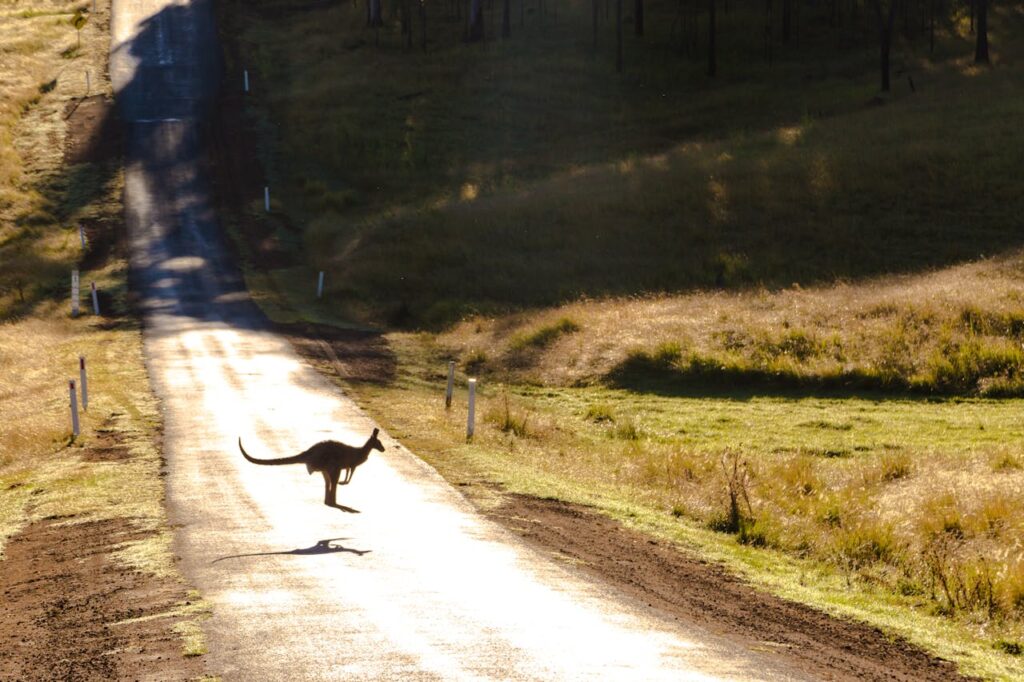
Kangaroos have powerful hind legs adapted for hopping at high speeds, but they are unable to hop backward due to the structure of their legs. This unique locomotion is efficient for covering long distances on land but limits their mobility in certain situations.
The glass frog has transparent skin
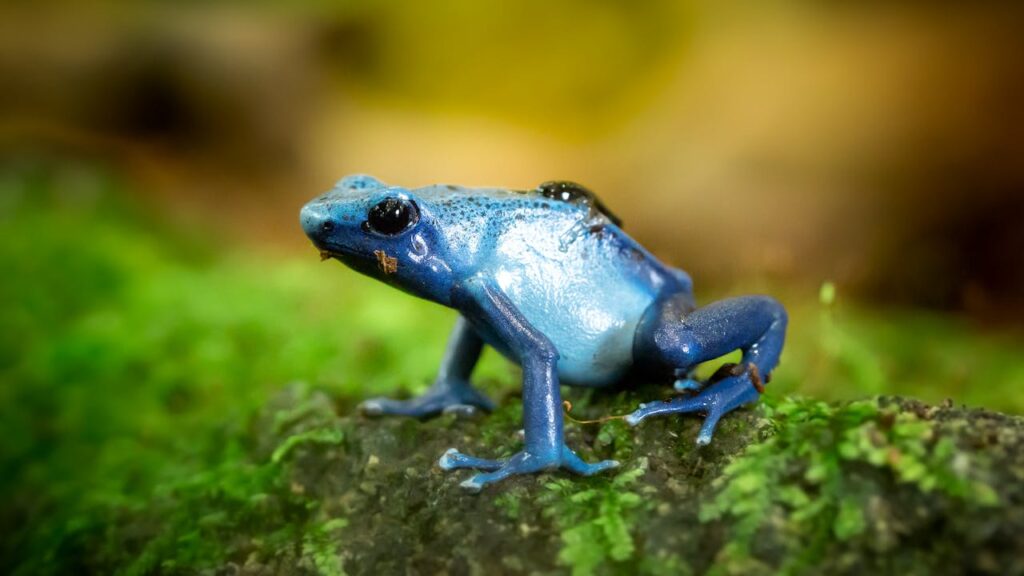
Glass frogs, found in Central and South America, have translucent skin that makes their internal organs visible from the outside. This transparency serves as camouflage against predators by blending with the green foliage where they reside.
Sloths only defecate once a week
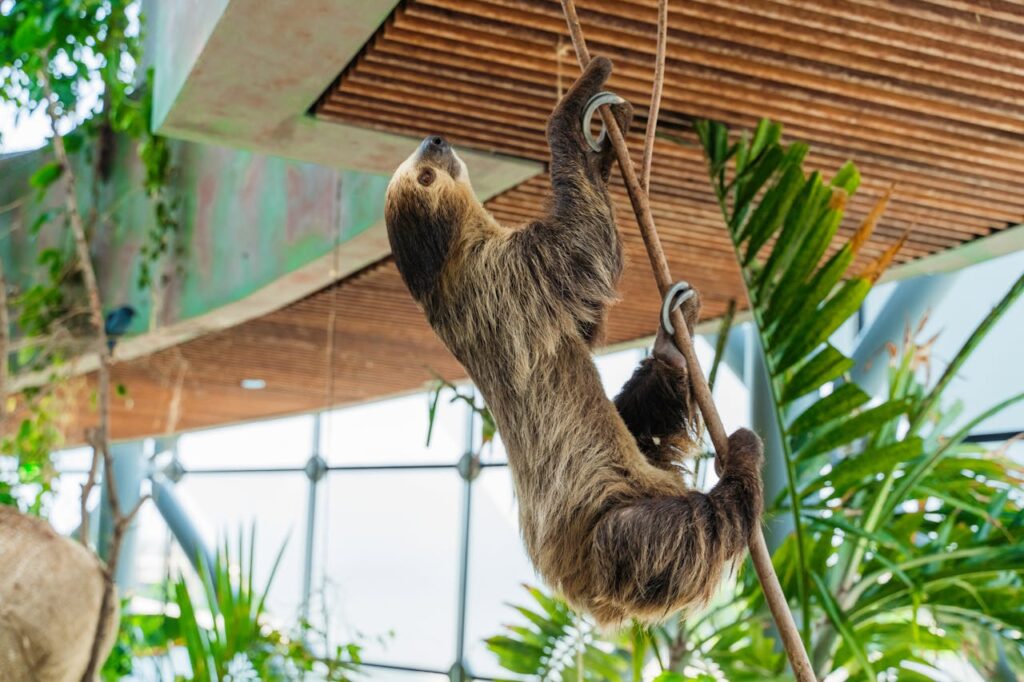
Sloths have a slow metabolism and spend most of their time hanging upside down in trees. Due to their low-energy lifestyle, they only defecate about once a week, descending to the ground for this purpose, which helps them avoid detection by predators.
The vampire bat feeds on blood
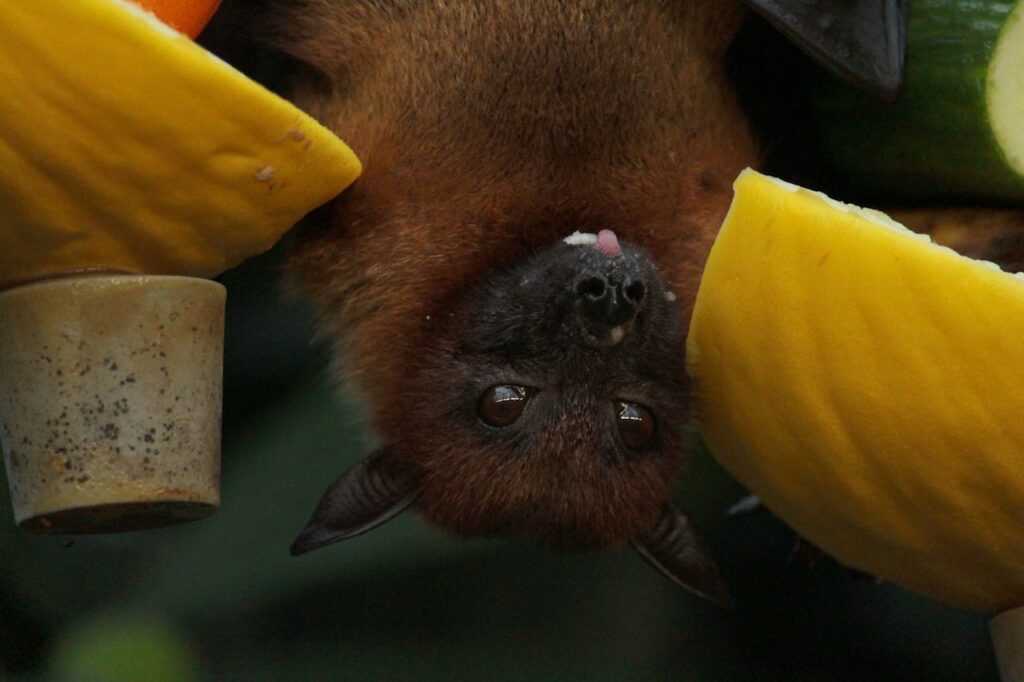
While most bats consume insects or fruits, the vampire bat has evolved to feed exclusively on blood. They use sharp incisors to make small incisions in their prey, typically livestock or birds, and lap up the blood that flows out, showcasing unique feeding behavior.
Hummingbirds can fly backward
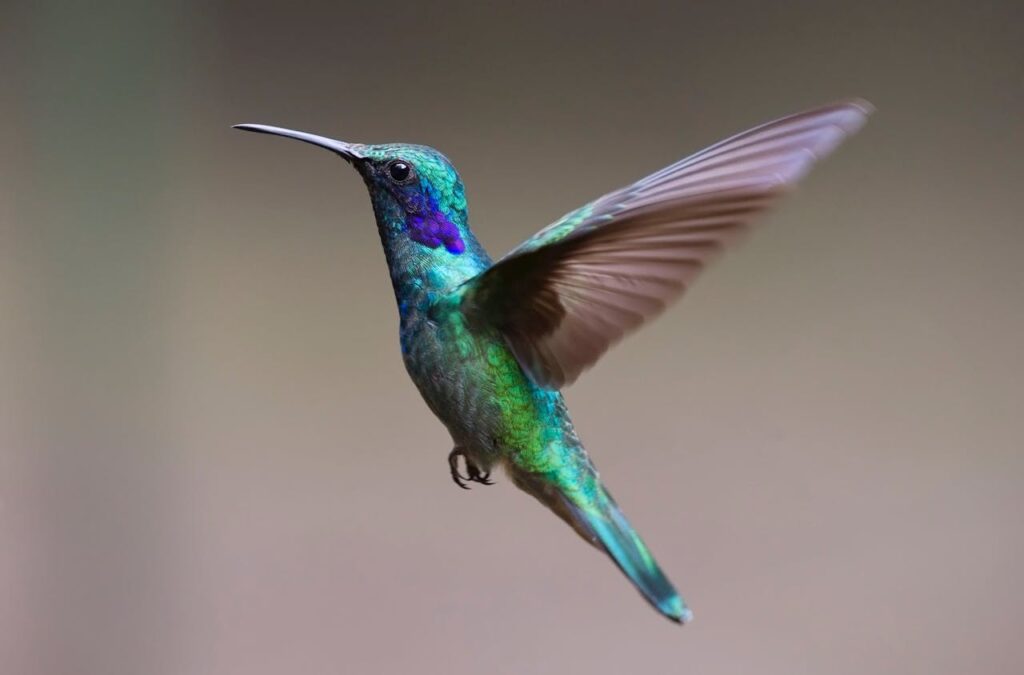
Hummingbirds are the only birds capable of sustained backward flight, thanks to their unique wing structure and rapid wing beats. This ability allows them to hover, maneuver with precision, and reach nectar-rich flowers that other birds can’t access easily.
The mimic octopus can imitate other animals
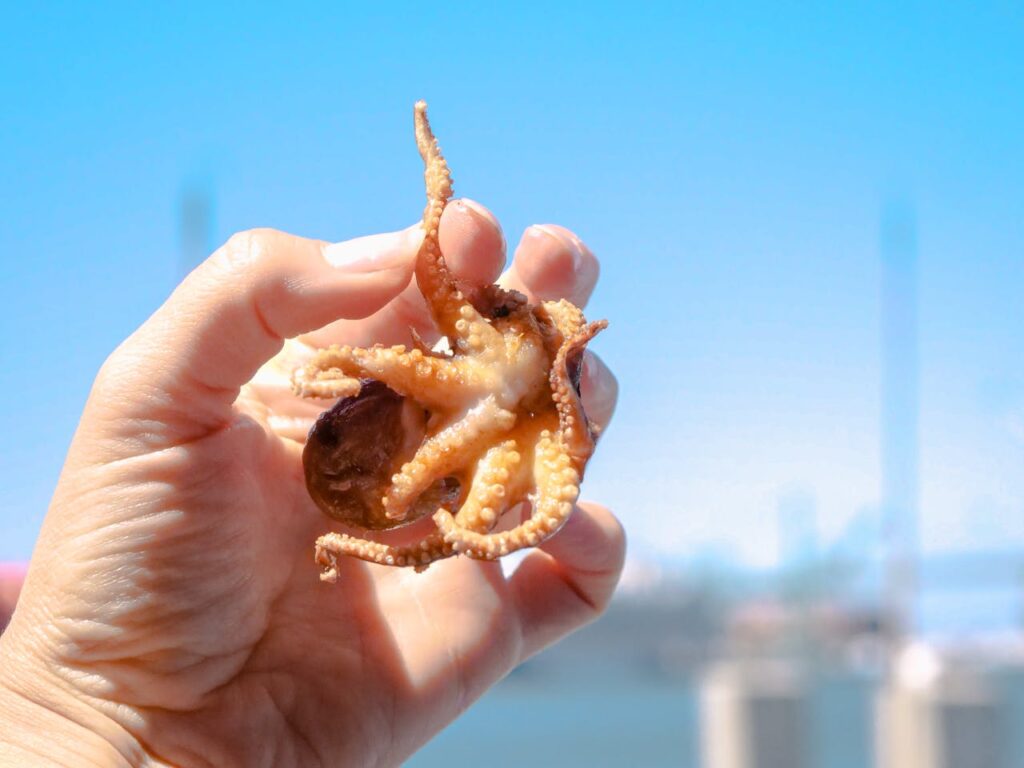
The mimic octopus has the remarkable ability to mimic the appearance and behaviors of various marine creatures, such as lionfish, flatfish, and sea snakes. This mimicry serves as both camouflage and defense against predators, making it a master of deception.
Cephalopods can change their skin texture
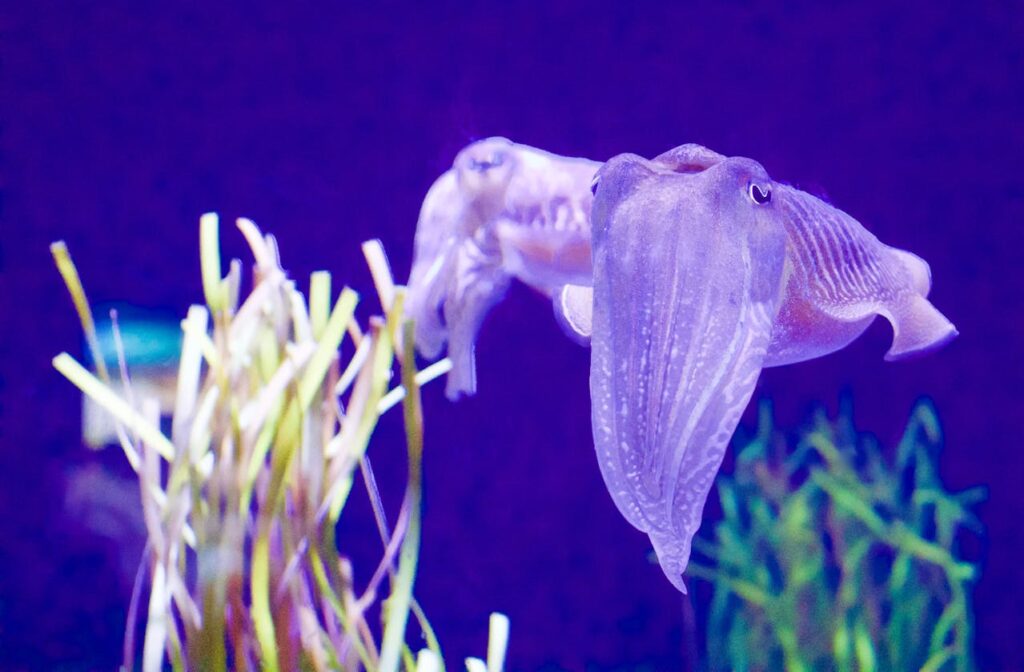
Cephalopods, including octopuses, squids, and cuttlefish, have the ability to change not only their skin color but also their texture. Specialized cells called chromatophores, papillae, and iridophores allow them to alter the appearance of their skin, mimicking patterns like rocks, coral, or even other animals. This camouflaging technique helps them avoid predators and ambush prey effectively in their underwater environments.
This article originally appeared on UnifyCosmos.
More from UnifyCosmos
14 Affordable Health Supplements Pharmacists Recommend

When it comes to keeping our health in check, we all want the best bang for our buck. That’s why many turn to pharmacists, the experts in medicines, for advice on what to take. They know all about which health supplements can do wonders for our well-being without breaking the bank. Read More
15 Low-Cost Fitness Apps Personal Trainers Love

Finding the right tools to stay fit without breaking the bank can be a challenge, but it’s not impossible. For personal trainers and their clients, there are some great apps out there that make fitness accessible and fun, without costing a fortune. Read More
20 Office Fashion Hacks for a Professional Look

Looking polished and professional in the office doesn’t have to be a challenge. With a few simple fashion hacks, you can effortlessly elevate your work wardrobe and make a lasting impression. Read More
Leave a Reply